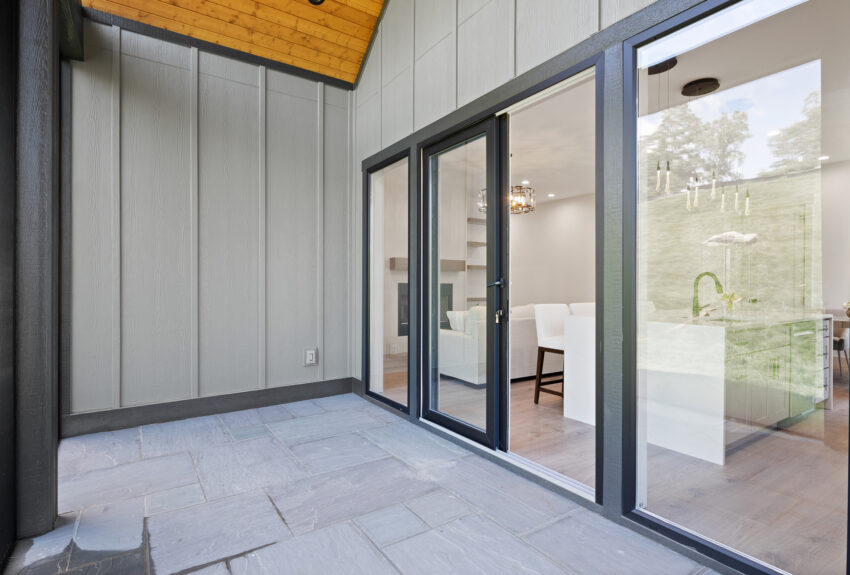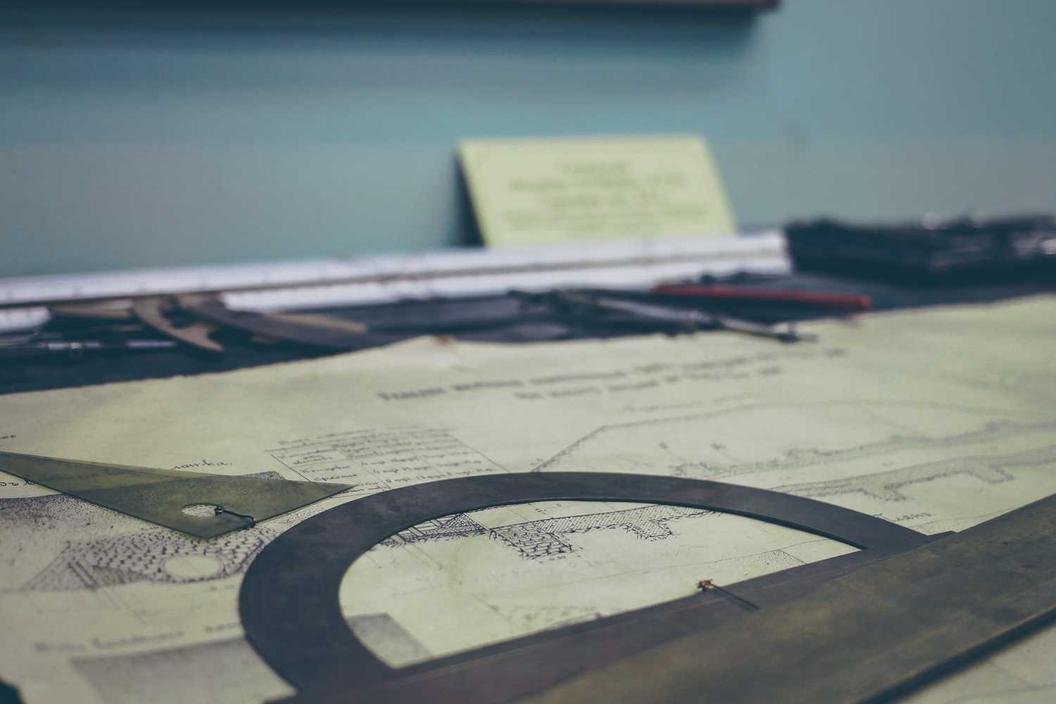Contact Us
(828) 538-2040Understanding Square Footage: Does a Basement Count?
What if I told you that the square footage of your home could be more than what you see on paper? Imagine how it feels to walk through your home and realize that there’s untapped potential lurking just beneath your feet. The topic of basements and their contribution to square footage can be a bit murky, but it’s an important discussion for homeowners, real estate agents, and potential buyers alike. Let’s dive in together and unravel this intricate subject.
The Basics of Square Footage
Square footage is a term that’s often associated with the value and livability of a property. Typically, it refers to the total area of the home, measured in square feet. However, not all spaces are created equal. The way square footage is calculated can vary significantly, especially when it comes to unique areas like attics and, most importantly, basements.
Basements: An Important Piece of the Puzzle
Imagine owning a beautiful home with a spacious basement; the possibilities are endless! From personal gyms to family game rooms, basements can provide invaluable extra space. However, whether or not this space counts toward your home’s square footage can depend on several factors, including local regulations and how the basement is utilized.
For example, if a basement has a finished living area with adequate ceiling height and proper ventilation, it may very well be included in the official square footage. According to recent studies, homes with finished basements can see a 10-15% increase in property value due to this additional usable space!
Legal Definitions and Local Variances
Not all regions have the same criteria for calculating square footage. It’s crucial to consult local real estate guidelines or speak with a knowledgeable real estate agent. Some states consider only livable areas, while others might include unfinished spaces as well. This variation can lead to confusion, particularly for homebuyers who want to ensure they’re making informed decisions.
Real-World Scenario
Consider the story of a family who purchased a home in the suburbs. They were thrilled about the large basement that they envisioned transforming into a vibrant playroom for their kids. After moving in, they discovered that the basement was not counted in the listing’s square footage, impacting their future resale plans. By understanding the local regulations beforehand, they could have made a more informed decision that suited their needs.
They were thrilled about the large basement that they envisioned transforming into a vibrant playroom for their kids. After moving in, they discovered that the basement was not counted in the listing’s square footage, impacting their future resale plans. By understanding the local regulations beforehand, they could have made a more informed decision that suited their needs.
The Emotional Attachment to Space
You won’t believe how simple it is to underappreciate a basement until you start to think about the memories that can be made there. Your basement can be a cozy retreat during chilly winter nights or a bustling hub of activity during family gatherings. Imagining these experiences makes it clear why potential buyers often look beyond just the numbers when evaluating a property. After all, it’s about finding a place to call home.
The Financial Upside
Statistics reveal that homes with usable basement space can appreciate faster than those without. A finished basement creates the potential for rental income, additional entertaining space, or even a home office, which many people now prioritize. It’s worth noting that properties with such versatile spaces tend to attract a wider array of buyers, further solidifying their market appeal.
Making Your Basement Count
Enhancing your home’s value through your basement involves more than just finishing the space. Here are some actionable tips to ensure you’re maximizing its potential:
- Invest in Quality Renovations: Ensure that any renovations comply with local building codes.
- Focus on Functionality: Create an inviting space that serves multiple purposes, from storage to leisure.
- Market the Basement Effectively: If selling, highlight its features in listings and marketing materials.
By taking these steps, you can not only enjoy your basement but also ensure it contributes positively to your home’s overall value.
Big Hills
Author




